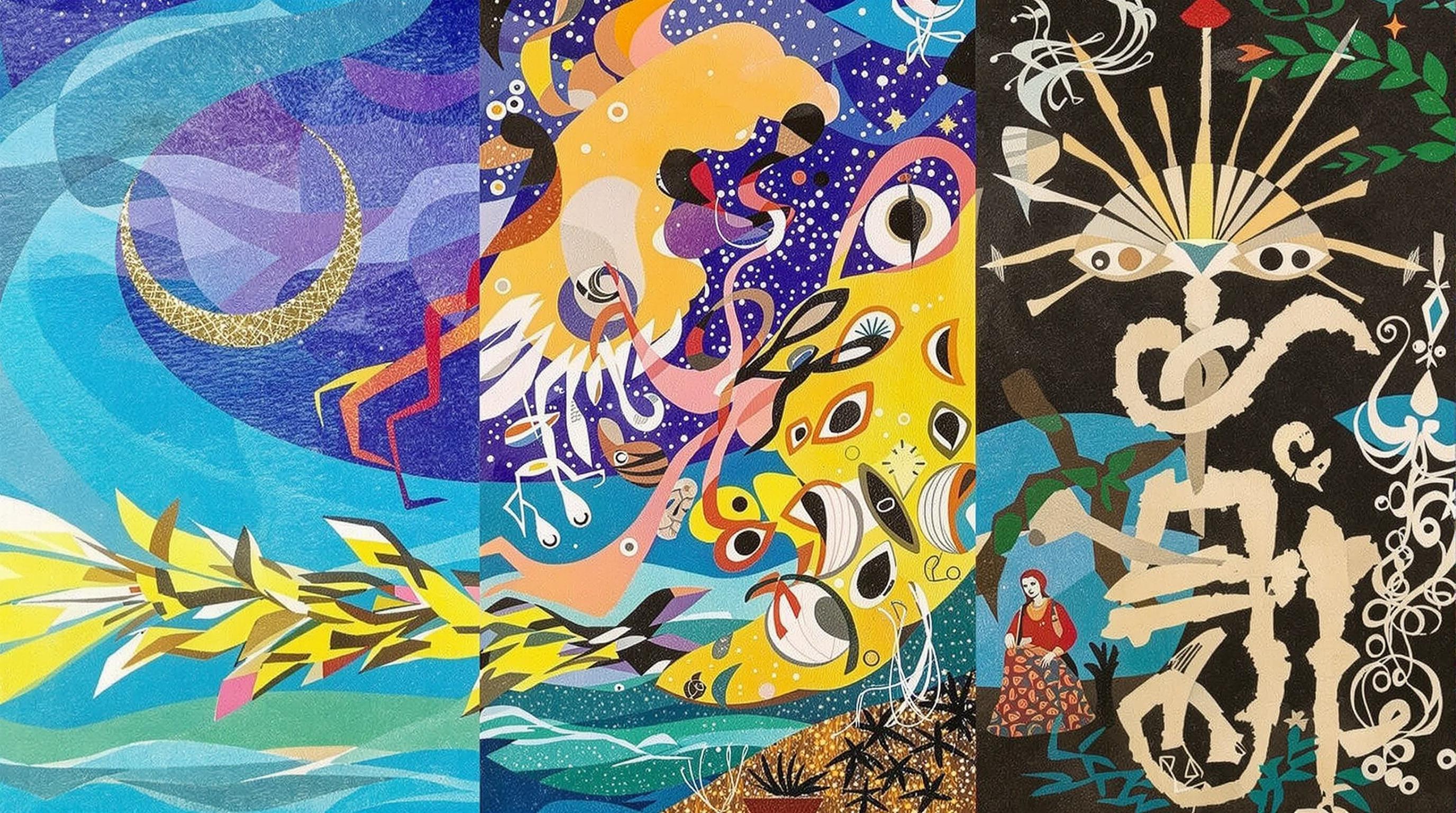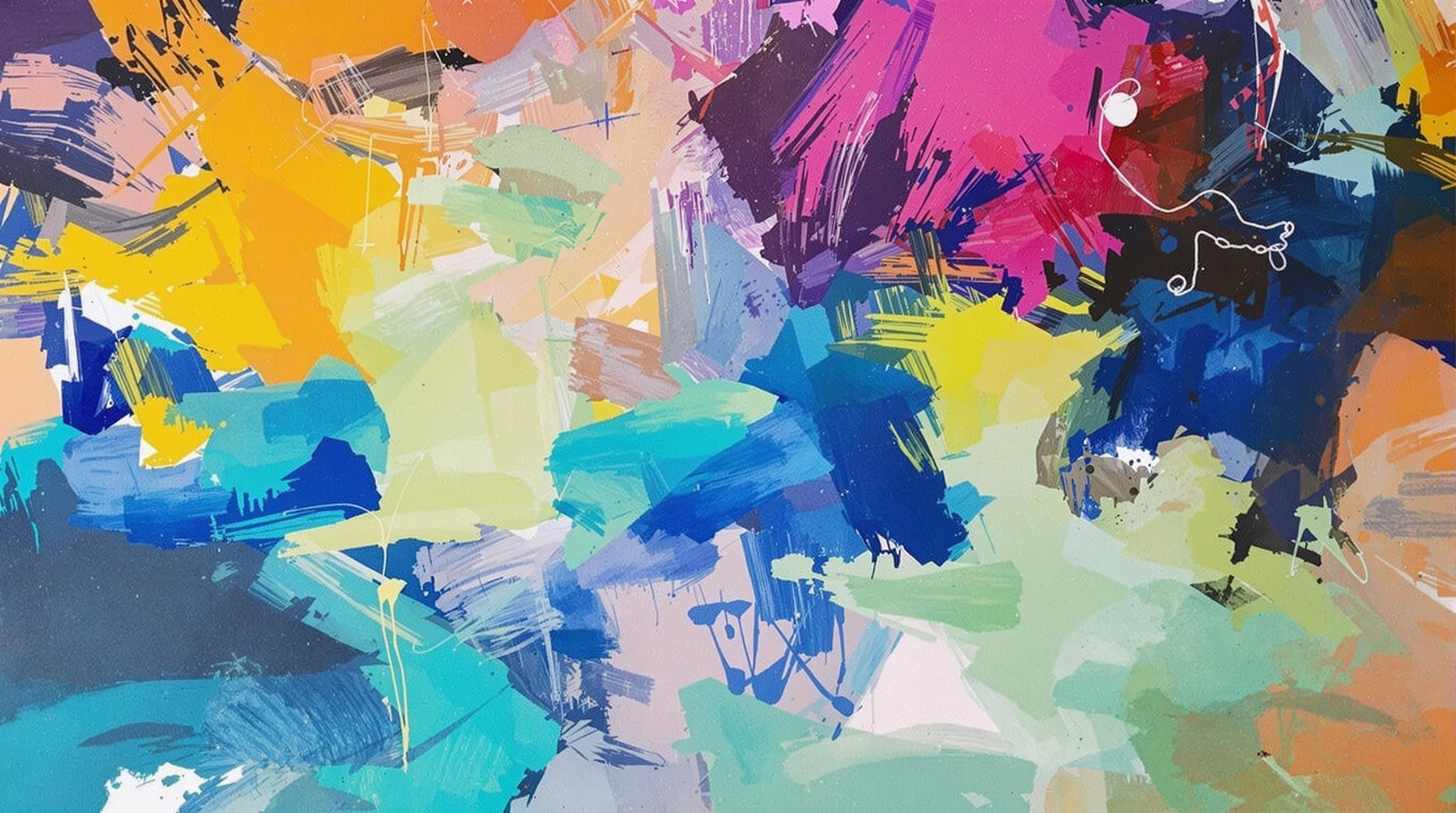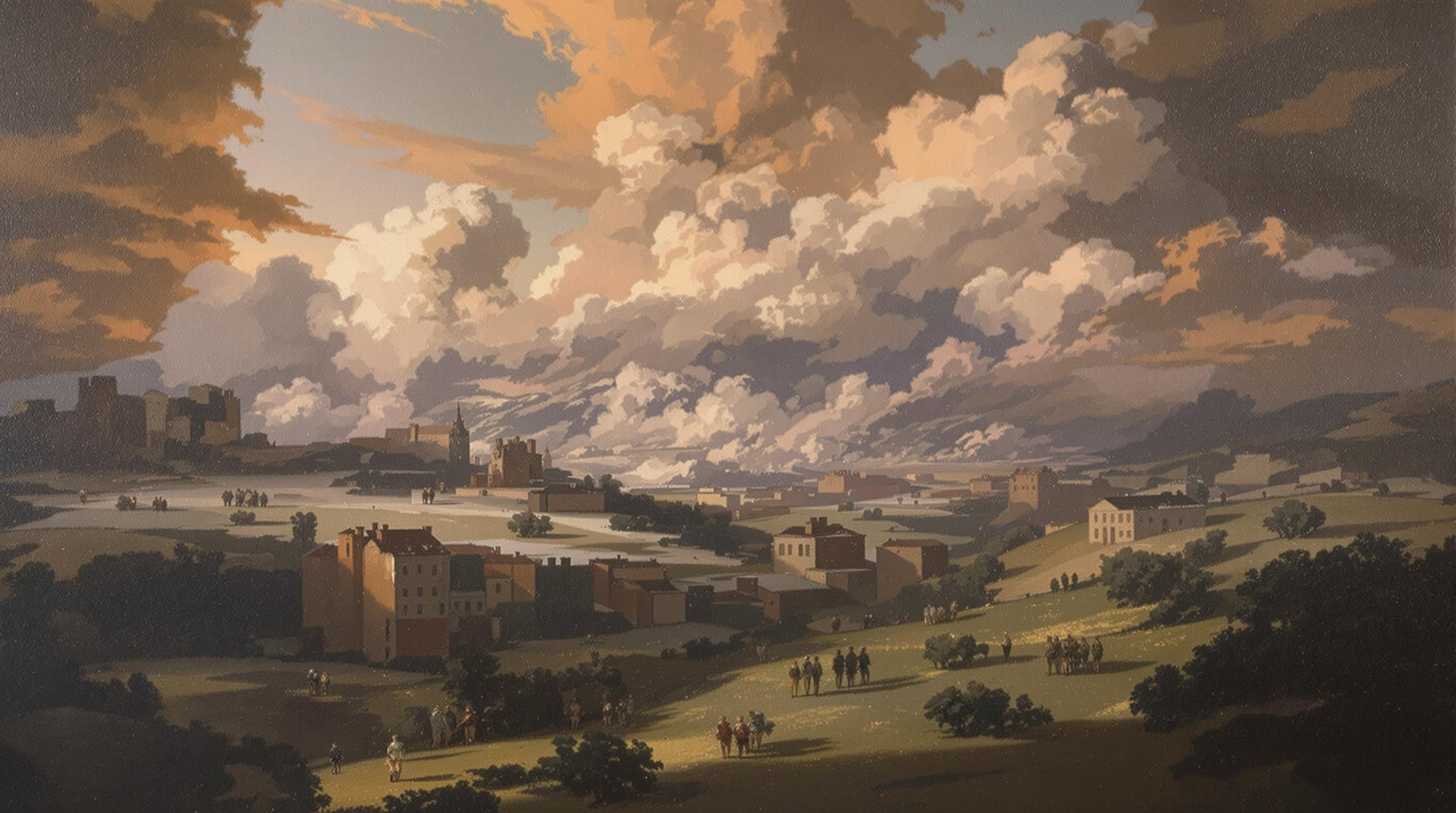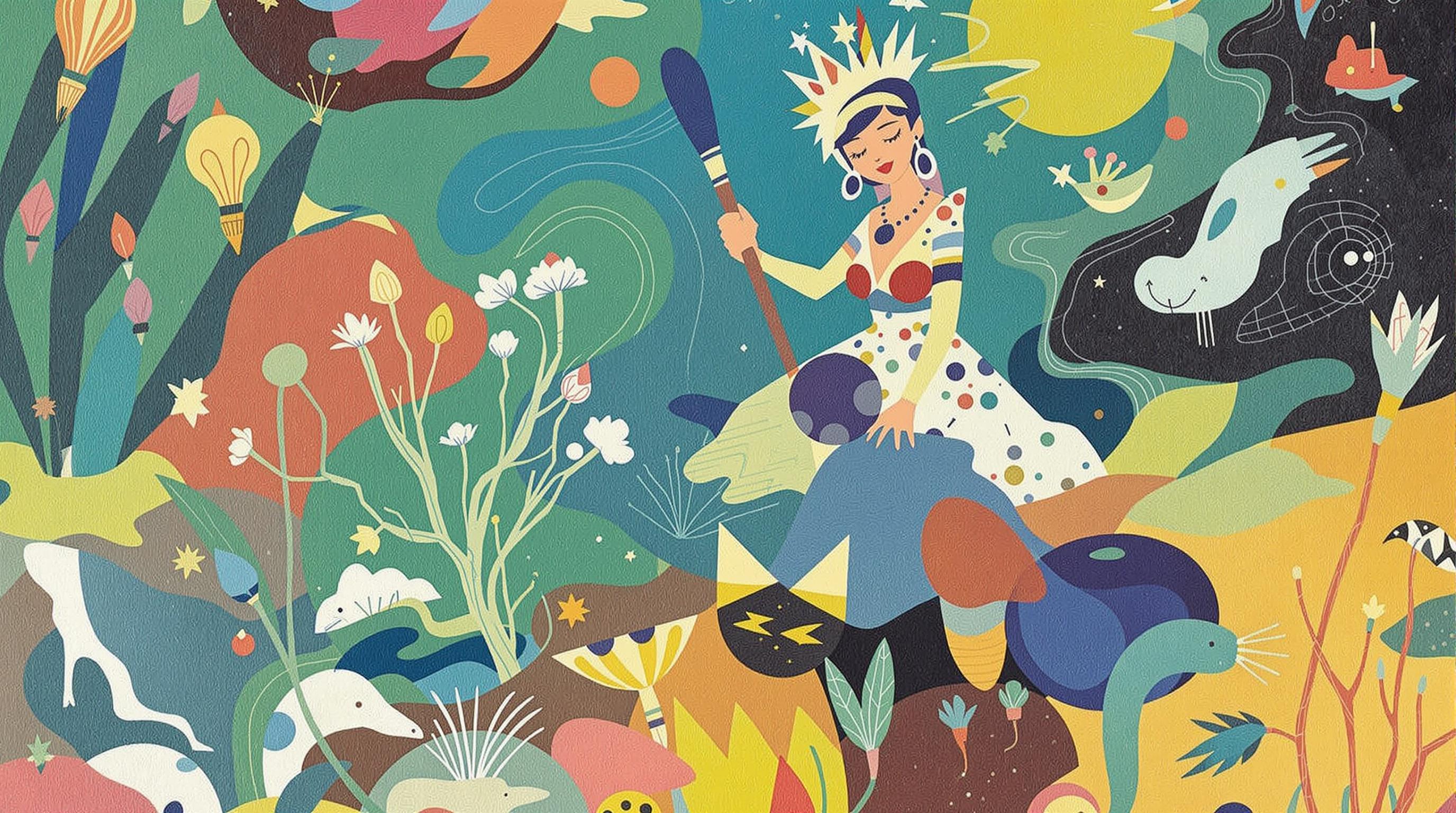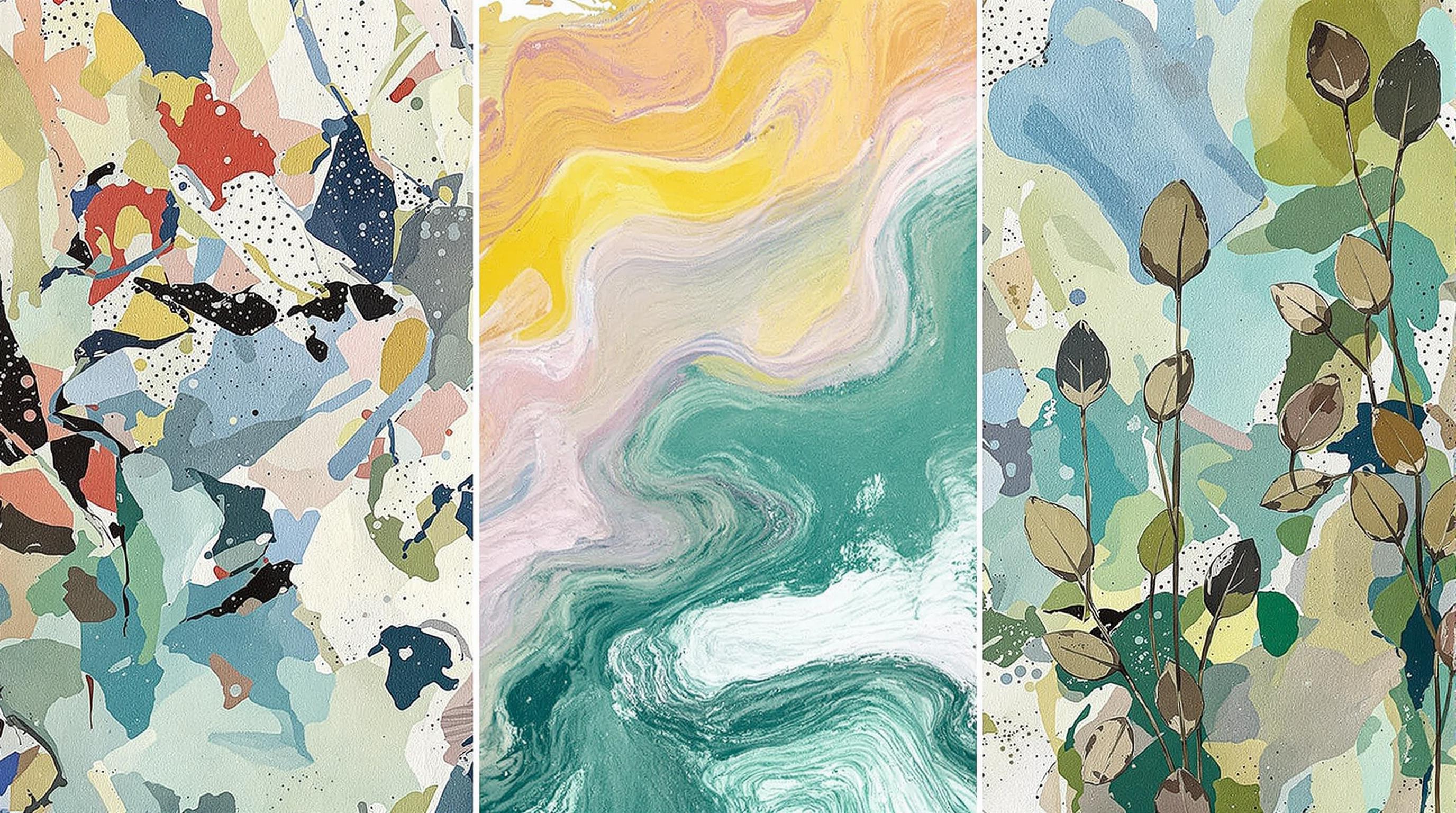Related Articles
- The Hidden Influence of Ergonomics: How Tool Design Shapes Our Physical Spaces and Daily Lives
- The Silent Influence: How Hidden Home Implements Shape Our Daily Routines and Spaces
- The Counterintuitive Role of Chaos: How Messy Tool Storage Can Lead to Unexpected Home Innovations
- Exploring the Unseen: How Audio Experiences Shape the Art of Domestic Spaces and Color Perception
- Rethinking the Mundane: How Everyday Objects are Becoming the Canvas for Modern Artistic Expression in Home Spaces
- Cultivating Chaos: The Surprising Benefits of Embracing Weeds in Your Garden Ecosystem
8 Unusual Cultural Symbols to Incorporate into Your Painting and Decor: Enrich Your Space with Meaningful Artistry
8 Unusual Cultural Symbols to Incorporate into Your Painting and Decor: Enrich Your Space with Meaningful Artistry
8 Unusual Cultural Symbols to Incorporate into Your Painting and Decor: Enrich Your Space with Meaningful Artistry
1. The Hamsa Hand
The Hamsa hand is a widely recognized symbol in Middle Eastern cultures, often seen as a protective talisman. Shaped like an open hand, this symbol represents strength, protection, and blessings. It is thought to ward off negative energy and provide a shield against the evil eye.
Incorporating the Hamsa hand into your decor can serve as a daily reminder of safety and positivity. Artists often render this symbol with intricate designs, incorporating vibrant colors that can elevate any space. Whether painted on a canvas or displayed as a wall hanging, it brings both beauty and meaning to your home.
Various cultures, particularly in Jewish and Islamic traditions, revere the Hamsa. Artists like Shirin Neshat have explored similar themes in their works, merging symbolism with spirited artistry, thus encouraging you to resonate with profound symbolism in your home decor.
2. The Enso Circle
The Enso circle, a symbol from Japanese Zen Buddhism, represents enlightenment, the universe, and the beauty of imperfection. Typically drawn in a single brushstroke, the Enso circle is a representation of the moment when the mind is free to let the body create.
Incorporating an Enso into your modern decor can foster mindfulness and serve as a reminder to embrace simplicity and spontaneity. This minimalist symbol can be painted large for a stunning focal point or utilized in smaller forms throughout your decor, from pillows to wall art.
The beauty of the Enso lies in its imperfections, perfectly embodying the artistic philosophy of 'wabi-sabi.' This Japanese aesthetic encourages appreciation for the beauty in the flawed and the transient, making it a meaningful addition to any artistic endeavor.
3. The Tree of Life
The Tree of Life is a universal symbol found across many cultures, representing interconnectedness, growth, and the cycle of life. This symbol can be rooted in natural history or in spiritual myths, showcasing how all life forms are interdependent.
In art, the Tree of Life can be depicted in myriad ways, from intricate wood carvings to colorful paintings. Incorporating it into your decor can evoke themes of balance and harmony within your living space, reminding you of the importance of growth and familial bonds.
Artists like Gustav Klimt have famously portrayed the Tree of Life, capturing its mystique and depth. Integrating this symbol into your home decor not only enriches the aesthetic but invites conversations about nature, resilience, and life’s connections.
4. The Yin and Yang
The Yin and Yang symbol, originating from ancient Chinese philosophy, embodies the dualities present in the universe: light and dark, male and female, active and passive. This balanced representation suggests that opposite forces are interconnected and interdependent.
Incorporating Yin and Yang into your decor can promote a sense of harmony and balance within your environment. Whether displayed through minimalist designs or complex representations, this symbol serves as a visual reminder of the importance of balance in life.
Many modern artists have adapted the Yin and Yang symbol to explore contemporary themes of duality and coexistence. Its incorporation can spark reflective conversations, making it an engaging focal point in both art and discussions about personal philosophy.
5. The Lotus Flower
The Lotus Flower is a sacred symbol in many cultures, particularly in Buddhism and Hinduism. It represents purity, enlightenment, and rebirth, as the flower rises from muddy waters to bloom beautifully. This transformation symbolizes overcoming adversity to achieve enlightenment.
Incorporating Lotus motifs into your art and decor can serve as a powerful reminder of resilience and personal growth. From vibrant paintings to elegant sculptures, the lotus is versatile enough to fit with various decor styles while maintaining profundity.
Artists across cultures, including Indian miniature artists, have used the lotus as a central theme in their works. By including the lotus in your decor, you foster a space rich with meaning, making every glance a reminder of beauty found even amidst life's challenges.
6. The Dreamcatcher
Traditionally stemming from Native American culture, the dreamcatcher is believed to trap negative thoughts and dreams, allowing only positive ones to slip through. This handmade object often consists of a circular frame with a woven net and beads, adorned with feathers.
Incorporating dreamcatchers into your decor can bring comfort and a sense of security to your space. They're not just decorative pieces; they are also symbols of protection and positive energy, which can create a nurturing atmosphere within your home.
The dreamcatcher has been embraced by various artists globally, leading to myriad interpretations that blend tradition and modern aesthetics. Including these pieces can enrich your space with cultural significance while also sparking curiosity about their origins and meanings.
7. The Mandala
Mandala, meaning "circle" in Sanskrit, is a spiritual symbol in Hindu and Buddhist practices, representing the universe and wholeness. The intricate designs typically consist of geometric patterns that can draw the viewer into a meditative state.
Using mandalas in your decor not only adds an artistic touch but can also inspire mindfulness and contemplation. Whether printed on tapestries or painted on canvases, mandalas can transform a dull space into an oasis of tranquility.
Contemporary artists often use mandalas to blend traditional themes with modern art, creating vibrant and dynamic compositions. Including mandalas in your home decor encourages reflection, making them a worthy addition for anyone seeking a deeper connection to their space.
8. The Ankh
The Ankh is an ancient Egyptian symbol representing eternal life and immortality. Often depicted as a cross with a loop at the top, it serves as a powerful emblem of life and the continuation of the spirit beyond death.
Incorporating the Ankh into your decor can imbue your space with history and profound meaning, evoking curiosity about ancient cultures and philosophies. Whether used in jewelry, art prints, or wall hangings, it offers both aesthetic appeal and cultural significance.
Modern artists have also embraced the Ankh, infusing it with contemporary designs and meanings, thus connecting ancient wisdom with modern aesthetics. Including the Ankh in your home decor can inspire dialogue around life, death, and the legacies we leave behind.
